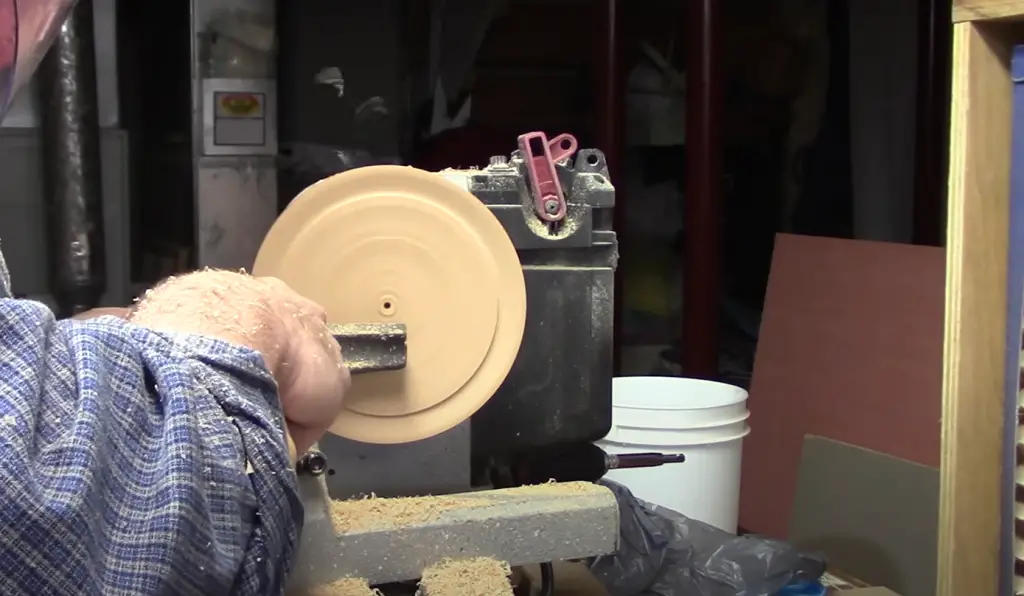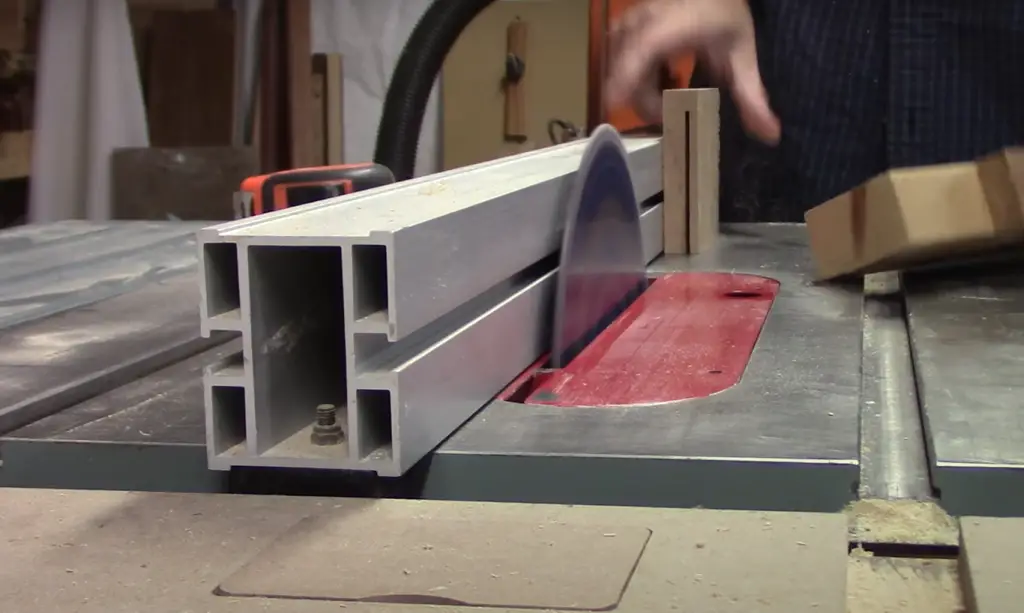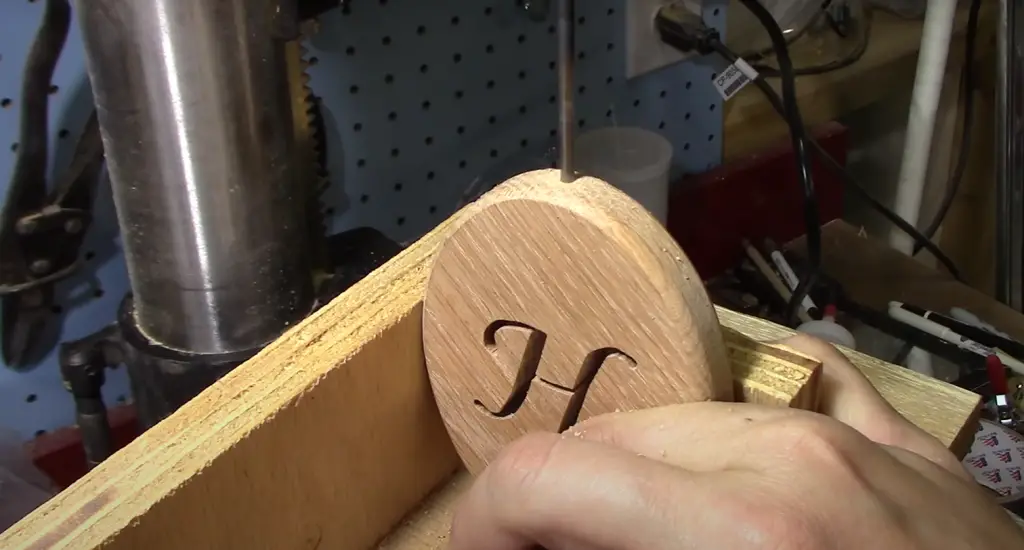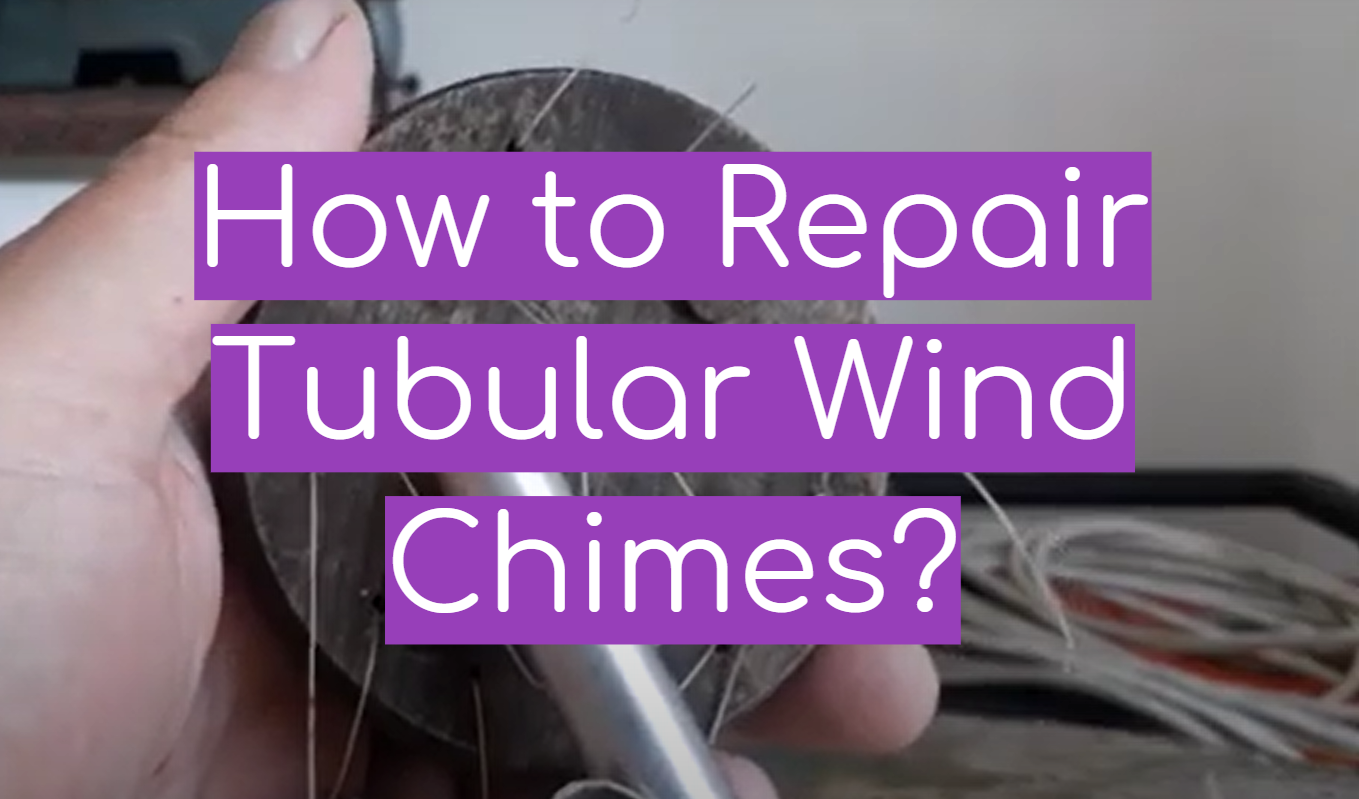If you have ever tried to repair a tubular wind chime, then you know that it can be a difficult task. These delicate instruments are prone to breaking, and the slightest mistake can ruin them completely. In this article, we will answer some of the most common questions about repairing tubular wind chimes. We will also provide some helpful tips that will make the process easier for you. Let’s get started!
Table of Contents
Wind Chime Parts
The first step in understanding how to repair a tubular wind chime is to familiarize yourself with the different parts of the instrument. The three main parts of a tubular wind chime are the resonator, the striker, and the clapper.
It is responsible for amplifying the sound of the striking action. The striker is a shorter tube that hangs from the top of the resonator. It is struck against the side of the resonator to create sound. The clapper is a small weight that hangs from the bottom of the striker. It makes contact with all of the tubes on the chime, which creates a chiming sound.[1]
Now that you know the basics, let’s move on to some more advanced repair tips.
How to String a Wind Chime
Things You’ll Need
- a pair of pliers
- a Phillips head screwdriver
- a hammer
- an old toothbrush (optional)
Assess the damage
The first step is to take a close look at your chime and determine the severity of the damage. If there are only a few broken tubes, you can probably get away with a quick repair. However, if the entire chime is in disarray, you may need to replace it entirely.
Once you’ve assessed the damage, you can begin making repairs. For minor damage, simply glue or tape the broken pieces back together. If the damage is more significant, you may need to replace one or more of the tubes.[3]
Start restringing
If your wind chime is missing a tube or two, you’ll need to start by restringing the chime. You’ll need to gather a few supplies before starting this process:
- Chime tubes
- String or fishing line
- Scissors
- Tape measure
Once you have all of your supplies, you can start by measuring the length of string or fishing line you’ll need for each tube. Cut the string to the appropriate length and then tie a knot at one end. Next, thread the string through the hole in the top of the tube and then tie another knot to secure it in place. Repeat this process for each remaining tube.
Now that all of your tubes are strung, you can start attaching them to the top of the wind chime.
If your wind chime doesn’t have any pre-existing hanging hardware, you’ll need to create your own. A simple way to do this is to tie knots in the string at regular intervals and then use these knots to loop the string around a nail or screw that’s been driven into the top of the chime.Use an upholstery needle
Cut a new length of string, making sure it is long enough to reach from the top of the chime to the bottom plus an additional foot or so. Tie a knot at the end of the string and thread it through the needle. Start at the top of the chime and thread it through each tube, going back and forth until you reach the bottom. Knot the end of the string and trim any excess.
If your chime has multiple strands, repeat this process for each one. Once all of the strings are replaced, give your chime a test run to make sure everything is working properly.[3]
Tie a sturdy knot
If your chime pipes are made of metal, you may be able to use a small piece of duct tape to secure the knot. If your chimes are made of another material, such as bamboo or wood, you will need to tie a stronger knot. You may also need to use glue to secure the knots if they are not very tight.
Test your work
After you’ve completed your repairs, it’s important to test your work to ensure that the chime is working properly. To do this, simply hang the chime in its usual spot and give it a few taps. If it sounds good, then you’re all done!

If you find that the chime isn’t sounding as good as it used to, or if there are still some issues that need to be addressed, then don’t hesitate to reach out to a professional wind chime repair service. They will be able to help you get your chime sounding great again in no time. Thanks for reading and we hope this article was helpful! Feel free to share it with anyone who might need some assistance with their own tubular wind chime repairs.[3]
Restore or Paint Tubes
If your metal tubes are looking a bit worse for wear, you can give them new life with a fresh coat of paint. You can also try repainting them in a different color scheme for a whole new look! If your chimes are made of wood, you may be able to sand and refinish the wood to restore its original beauty.
If your tubes are severely damaged or corroded, you may need to replace them. You can purchase replacement tubes from most craft stores or online retailers that sell wind chimes. Be sure to measure the length and diameter of your old tubes before ordering new ones so you get the correct size.[2]
Add or Replace Decorations
If your tubular wind chime is looking a little worse for the wear, you can easily add or replace decorations to give it new life. Beads and shells are popular choices, but you can really use any type of small decoration that appeals to you.
To attach new decorations, simply thread them onto the existing string or wire. If you’re completely replacing the decorations, you’ll need to remove the old ones first. This is usually just a matter of carefully untying knots or cutting wires.
Once you’ve added your new decorations, be sure to give the chime a good test before hanging it back up. You don’t want anything coming loose and falling off when the wind starts blowing![2]
Other Wind Chime Repairs
If your wind chime is in need of more than a new hook or cord, here are some other repairs you may need to do:
- Tubing: If any of your tubing is cracked, you will need to replace it. Cracks can happen due to weathering or from being hit too hard. You can purchase replacement tubing at most crafts stores. Just be sure to get the same diameter tubing as what you are replacing.
- Clappers: The clapper is what makes the sound when the wind blows and strikes the tubes. If your clapper is damaged, you will need to replace it. Clappers can be made from many different materials, such as wood, metal, or glass. Be sure to get a clapper that is the same weight and size as your old one.
- Suspension: The suspension is what keeps your wind chime hanging from its hook. If the suspension breaks, you will need to replace it. You can purchase replacement suspensions at most crafts stores. Just be sure to get the same type of suspension as your old one.[1]
FAQ
What kind of string do I need to repair wind chimes?
You’ll need a string that is strong enough to hold the weight of the chimes, but not so thick that it will be difficult to thread through the holes. A good option is fishing line or thin yarn.
What type of cord is used for windchimes?
The most common type of cord used for wind chimes is nylon. However, you can also use other types of materials such as fishing line or even dental floss!
How can I make my wind chimes work better?
If your wind chimes are not sounding as good as they used to, there are a few things you can do to try and improve their sound. First, check to see if any of the tubes are cracked or broken. If so, you will need to replace those tubes. You can also try cleaning the tubes with soap and water to remove any build-up of dirt or debris.

Finally, make sure that the striker is hitting all of the tubes in the correct order. If not, you can adjust the position of the striker until it is hitting them correctly.With a little bit of care and attention, you should be able to get your wind chimes sounding like new again in no time!
Can you leave wind chimes out in the winter?
In general, it’s not a good idea to leave wind chimes out in the winter. The cold weather can damage the metal components, and the snow and ice can weigh down the chimes and cause them to break. If you must leave your wind chimes outdoors in the winter, be sure to take them down before any major storms hit.
If you have ever tried to repair a tubular wind chime, then you know that it can be a difficult task. These delicate instruments are prone to breaking, and the slightest mistake can ruin them completely. In this article, we will answer some of the most common questions about repairing tubular wind chimes. We will also provide some helpful tips that will make the process easier for you. Let’s get started!
Useful Video: Oh No! They’re broken!!! Wind Chimes are….
Conclusion
If you have a tubular wind chime that is in need of repair, we hope this article has given you the information and confidence you need to get the job done! While some repairs may be more complex than others, following these steps will ensure that your wind chime is back to its best in no time. Be sure to consult a professional if you are ever unsure about any aspect of the repair process. Thank you for reading!
References:
- https://www.hunker.com/12460151/how-to-repair-tubular-wind-chimes
- https://www.thespruce.com/how-to-refurbish-wind-chimes-2879061
- https://happygardens.com/blogs/news/how-to-string-wind-chimes






Leave a Reply